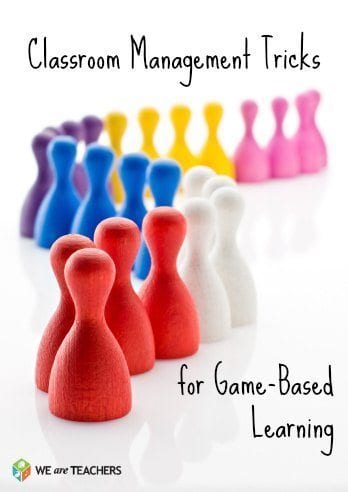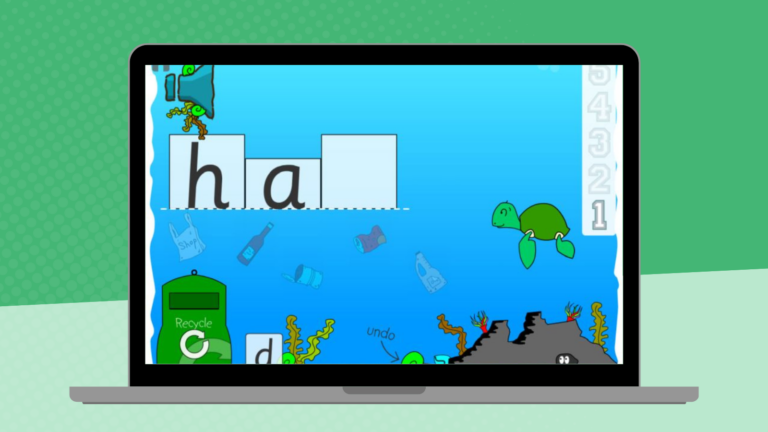 Like the idea of game-based learning, but not sure how it would work practically in your classroom? By its nature, game-based learning involves turning over a certain amount of the learning process to your students. While this promises to boost motivation and increase independence, it can also cause a headache if you don’t have some basic procedures and routines in place. With that in mind, here are some tricks to ensure that game-based learning is fun and engaging for everyone.
Like the idea of game-based learning, but not sure how it would work practically in your classroom? By its nature, game-based learning involves turning over a certain amount of the learning process to your students. While this promises to boost motivation and increase independence, it can also cause a headache if you don’t have some basic procedures and routines in place. With that in mind, here are some tricks to ensure that game-based learning is fun and engaging for everyone.
Trick #1: Talk About What’s Fair
Chances are, playground life has already made your students develop some strong ideas about what’s fair during gameplay. Encourage students to talk about what this idea means to them, sharing specific examples such as taking turns and waiting patiently while another player makes his or her move.
Ask students about what’s fair during individual game play, too. For example, is it fair for someone who’s already completed a level of a video game to share how to win? Why or why not? Use students’ ideas to formulate some basic ground rules about gameplay in your classroom.
Trick #2: Let Students Solve Their Own Disputes
While disagreements are a natural part of gameplay (even grown-ups can get combative during a heated game of Monopoly), the key is learning to solve these disputes without calling for the teacher’s attention. As a class, you might create a path for students to follow if a problem arises. For example: 1) Explain how you are feeling using “I” statements. 2) Let the other player state his or her opinions. 3) See if you can come to an agreement. You might appoint peer mediators to handle issues that students can’t resolve on their own.
Trick #3: Create a System For Taking Turns
When you only have one iPad or a single edition of a student-made board game about Egypt, you need a fair and clear policy for making sure that everyone gets a chance to play. We like the app Teacher’s Pick which lets you call on students randomly. Or you can make an old-school chart that shows the various games and stations in your room and students can rotate through.
Trick #4: Establish Gameplay as a Privilege
Because gameplay is typically a fun and interactive way to learn the material, students should be expected to stay on task and not abuse the increased freedoms that come from a more open classroom environment. If a student is goofing off while he or she is supposed to be playing a board game or browsing unrelated websites online, try providing the student with a more directed activity, such as a worksheet, until the end of the session.
Trick #5: Keep the Focus Off Winning and Losing
When it’s possible, focus on students’ individual progress toward a goal rather than the winners or losers of a game. That doesn’t mean you have to ban winning and losing completely—that isn’t reflective of true gameplay or of real life. But no matter the outcome, talk about what all players can do better next time. After all, real winners don’t sit around basking in their glory—they constantly seek ways to improve.
Question for you: How do you keep things running smoothly during classroom gameplay?

